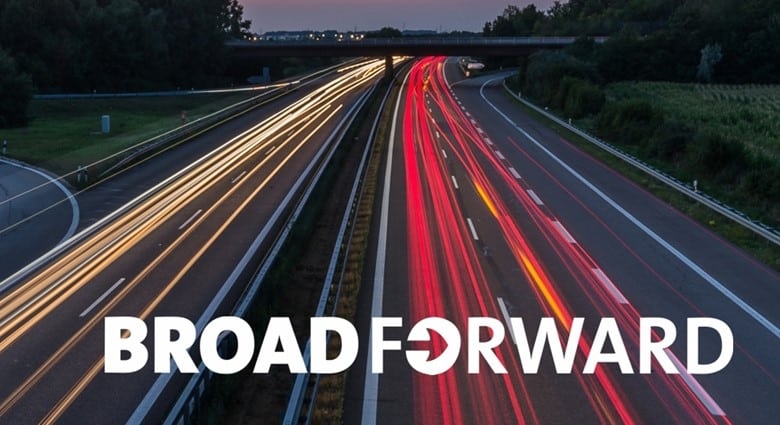#1: The Digital Service Provider
‘Telcos’ are increasingly behaving like digital service providers (DSPs), moving from offering traditional telecom services to providing mobile broadband access, services, content and apps. Online-savvy consumers demand a multi-channel experience that is consistent across all their devices and the networks they use. To enable such experiences, operators require a much tighter integration across networks and vendor systems. For 2018 we expect more and more operators to start looking into central signaling solutions that can handle multiple network technologies and vendor specific implementations. The 5G Next Generation Core will primarily use IT protocols for interfacing between network components. It assumes operators can handle a fully converged services model across Mobile, Fixed and Wi-Fi. BroadForward is involved with many convergence projects through its intelligent routing and interworking software, designed to enable signaling orchestration across 2G/3G, 4G/LTE, 5G, IMS, Fixed, Wi-Fi, IPX and M2M networks.

Steven Van Zanen,
Head of Product Management and Marketing,
BroadForward
#2: Convergence driving need for signaling orchestration
Operators manage more disparate network technologies (2G, 3G, 4G, IMS, Fixed/Wi-Fi, IT) than ever before. Still, multi-play bundles today are mostly about price. Operators increasingly turn to Fixed-Mobile convergence for growth. This poses enormous problems as convergence requires more signaling flexibility, interworking and adaptations across even more vendors. Operators are confronted with long and unpredictable timelines and high costs. Signaling adaptation in the network typically requires vendor development that is specific to the individual product, network technology, functionality and use case. This is an unsustainable model. Existing networks will not only have to be integrated but also co-exist with 5G to enable the 5G ‘follow-the-user’ concept across 4G, 5G, Fixed, Wi-Fi and IT. Signaling orchestration is about the ability to provide centralized signaling management, decoupling the orchestration layer from the underlying protocol and access technologies. Operators should be empowered to create (converged) services by enabling on-the-fly signaling scenarios across technologies and vendor implementations.
#3: Transition to 5G
4G/LTE is set to be the fastest-growing mobile technology in history (source: Ericsson 2017). But the different network generations co-exist a lot longer than anybody had anticipated. In fact, today 2G is still the most common mobile network technology (source: Ovum 2017), while 5G is expected to deliver the first commercial networks already by 2020. Coming years, signaling complexity will increase rather than decrease. Operators will continue to run existing networks and 5G will introduce, new IT based signaling in the NG Core (HTTP/2). Furthermore, 5G is designated to enable a truly converged ‘follow-the-user’ concept across (legacy) Mobile and Fixed/Wi-Fi networks. In 2018, operators will have to build and start executing on a roadmap for convergence and technology transition that unblocks the road ahead to 5G. At a minimum, the roadmap needs to cover the transition to 5G, replacement of end-of-life legacy equipment, and the shift to fully software based, virtualized network functions. Signaling orchestration is a fundamental enabler for 5G FMC services, while reducing cost and vendor dependencies.
About The Author:
Steven Van Zanen is the Head of Product Management and Marketing at BroadForward, leader in intelligent routing and interworking software for 2G/3G, 4G/LTE, 5G, IMS, Fixed, Wi-Fi, IPX and M2M networks. BroadForward delivers world-class Next Generation signaling products and network applications. For over 17 years Steven has been at the forefront of product innovation involving routing and interworking, business intelligence, mobile broadband, mobile messaging and mobile advertising. He has worked with operators globally and partnered with many of the largest product vendors and system integrators. He has held senior management positions at leading product companies. Follow him on Twitter @stevenvanzanen.

















